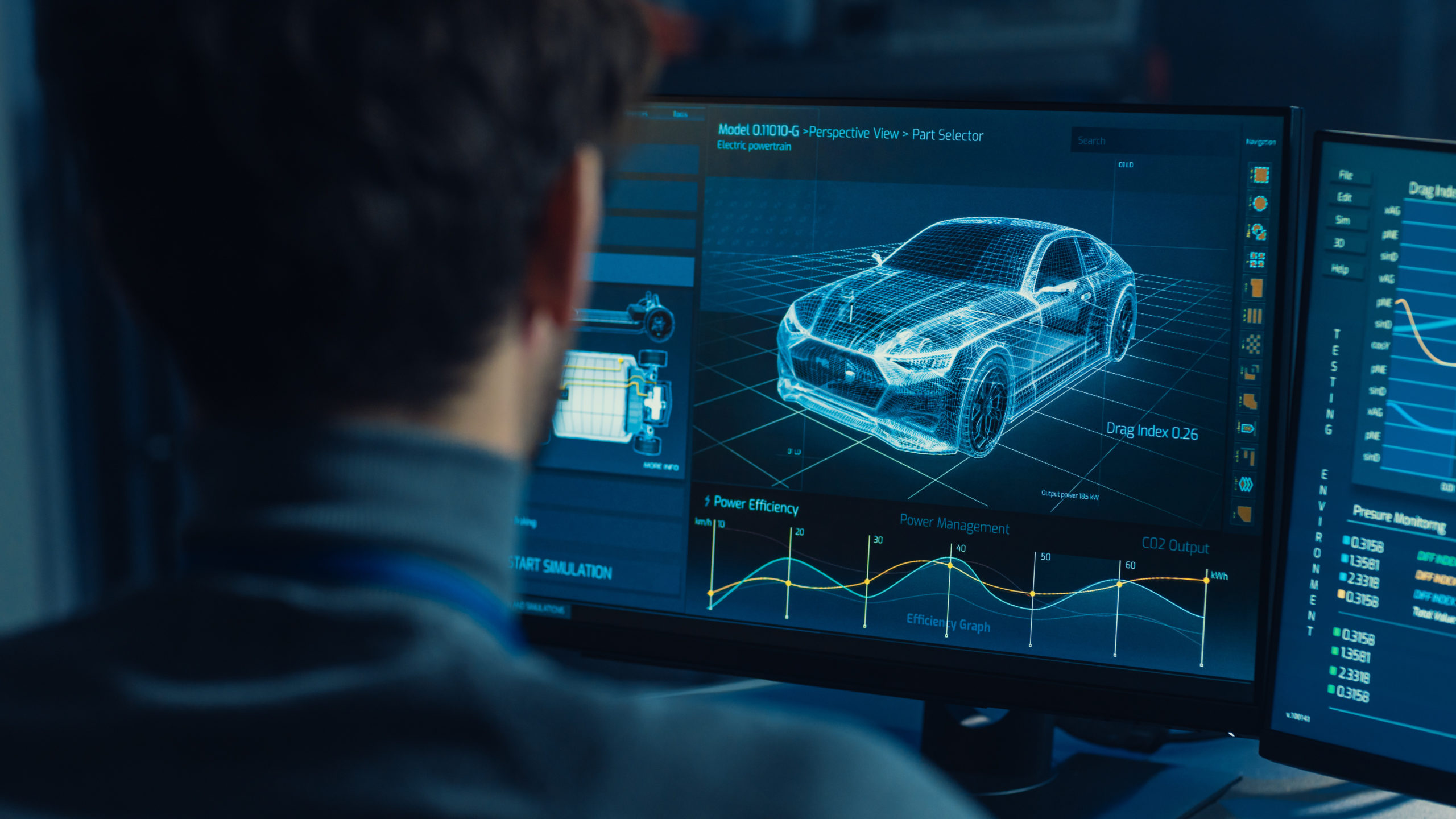
Cars are excellent examples of assets that strongly benefit from all three types of registered intellectual property protection. Patents are key to protecting technical innovations, while trade marks can provide an essential safeguard of the brand behind the vehicle. Furthermore, in a surprising departure from convention, in 2019 the Italian Court of Bologna even recognised the Ferrari 250 GTO as a work of art entitled to copyright protection. That said, presuming you are not trying to protect iconic Italian sports cars in Italy, you would be well advised to consider registered designs as a means by which to protect the all-important aesthetic appeal of your automotive products.
Many of us inadvertently judge a vehicle’s worth or performance based on its visual appearance; the use of aesthetic appeal as a marketing tool in the automotive sector is not exactly a trade secret. Registered designs may therefore form an important segment of any automotive IP portfolio. In the UK and Europe, design registrations can be renewed every 5 years up to a maximum term of protection of 25 years. One approach is to file one or more design registrations for the exterior body of the vehicle without including any adjoining features, such as door handles or taillights, in the registration. This approach can enable a broader scope of protection for the body shape, which largely dictates a viewer’s opinion of a car’s aesthetic appeal.
In the UK and Europe, design infringement is considered on a basis of the ‘overall impression’ of the infringing article compared to the registered design. Thus, not including adjoining features in the design registered for the exterior body can help to prevent competitors from circumnavigating the design simply by changing those adjoining features on their version of the body in an attempt to create a different overall impression. Separate designs can then be registered for other features of the car, such as the headlights or the steering wheel, and indeed the adjoining features, in isolation. This modular approach can maximise the scope of design protection while still allowing sufficient flexibility in the product that is brought to market – minor aspects of the design altered in future vehicle models can be protected with subsequent design registrations, as necessary.
Filing statistics from the UK IPO and EU IPO reflect how the automotive sector utilises this modular approach. Of all the registered designs filed in 2019 at the EU IPO and the UK IPO classified as related to ‘means of transport or hoisting’, at least 50% of those designs (i.e. about 6000 designs) were also classified as ‘parts, equipment or accessories for vehicles’. On the other hand, only roughly 25% of those designs were classified as representing ‘whole vehicles’. This is consistent with the value of the automotive ‘aftermarket’, which includes custom modifications as well as maintenance works, to the UK and European economies.
One 2017 report from the Society of Motor Manufacturers and Traders (SMMT) valued the UK automotive aftermarket for passenger cars alone at £21.6 billion. In the same year, a report from Goldstein estimated the wider EU aftermarket as worth USD 241 billion (about £174 billion at current rates). Therefore, the design, sale and distribution of vehicle parts and accessories represent a substantial slice of the automotive market. The filing statistics show there is no need to be designing full vehicle models to benefit from registered design protection. Smaller accessory manufacturers and industry giants alike should carefully consider filing designs to protect from copycats seeking to exploit the products of a competitor.
One recent England and Wales High Court case highlights the need for design protection in the automotive industry. Earlier last year, BMW leveraged their design rights to prevent a parts dealer from selling near exact replica wheel alloys in Bayerische Motoren Werke AG v Premier Alloy Wheels (UK) Ltd & Ors [2020] EWHC. By enforcing their design rights, BMW protected not only their revenue stream, but also their reputation – BMW would have had no control over the quality of the convincing replicas.
Indeed, BMW have shown a historical willingness to pursue copycat infringers. In 2012, they brought action against Round And Metal Ltd in another case reaching the England and Wales High Court. Again, this case related to infringement of alloy wheel designs. The defendants attempted to rely on the so-called ‘spare parts defence’, which refers to a legislative provision intended to enable certain protected products to be sold for the purposes of restoring the appearance of a complex product, such as a car. Here, the courts clarified that the provision only applies when the repairs can be shown to be merely restorative, as opposed to enhancing. In this case, it was held that alloy wheels were not being sold with restorative intentions – the defendants predominantly sold the alloys in bundles of four, not one, which points away from selling single units to repair individual wheels.
In summary, cars are intersectional products characterised not only by technical merits, but also by brand image and design excellence in equal parts. It is therefore important to employ the right design registration strategy in order to prevent copycats easily circumventing your registered designs and taking advantage of your investment and labour.
Monitoring for infringements and enforcing your IP rights protects not only vital revenue streams, but could also shield the reputation of your products and business. Every business is different, however, and realising good IP protection requires a tailored approach. Our IP expertise can deliver this protection in the UK as well as in Europe, via our Munich office. We are also experts in coordinating an international IP protection strategy based on the needs of your business, the automotive industry, and the particular nature of your products.
If your company is involved in the automotive design sector and considering design protection, please find my contact details here or get in touch with our designs team via gje@gje.com.

